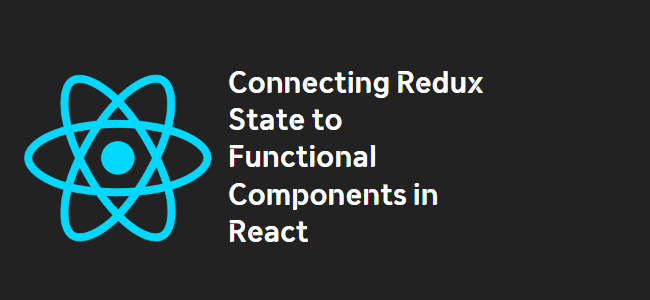
Title: Connecting Redux State to Functional Components with mapStateToProps
Introduction
When working with Redux and React, it is essential to establish a connection between the application’s state maintained by Redux and React components. In class components, we commonly use the mapStateToProps function to pass the required state as props. But what about functional components?
Using mapStateToProps with Functional Components
Contrary to a common misconception, it is indeed possible to use mapStateToProps with functional components in React. Let’s explore a couple of examples to see how this can be achieved.
Example 1: Using connect from react-redux
import React from 'react';
import { connect } from 'react-redux';
const MyComponent = ({ propOne }) => {
return
{propOne}
;
};
const mapStateToProps = (state) => {
return { propOne: state.propOne };
};
export default connect(mapStateToProps)(MyComponent);
Example 2: Using useSelector and useDispatch hooks
import React from 'react';
import { useSelector, useDispatch } from 'react-redux';
const AccountDetails = () => {
const accountDetails = useSelector(state => state.accountDetails);
const dispatch = useDispatch();
return (
<div>
<h2>Your user name is: {accountDetails.username}</h2>
<button onclick={() => dispatch(logout())}>Logout</button>
</div>
);
};
export default AccountDetails;
In Example 1, we use the connect function from the react-redux package to connect our functional component MyComponent with the Redux state. By specifying the mapStateToProps function, we can select the required state property and pass it as a prop to our component.
Example 2 demonstrates an alternative approach using React Redux hooks. The useSelector hook allows us to consume values from the Redux store directly, while the useDispatch hook makes it easy to dispatch actions.
Benefits of Using mapStateToProps
Connecting Redux state to functional components using mapStateToProps or hooks provides several advantages:
- Seamless integration: The same approach can be used across both functional and class components, maintaining consistency throughout the application.
- Modular and reusable: By connecting components to the Redux store, we make them more modular and enable easy reuse of components with different parts of the state.
- Efficient rendering: When specific state properties pass as props, the connected components will only re-render when those state properties change, optimizing performance.
In conclusion, with the help of mapStateToProps or React Redux hooks like useSelector, you can effortlessly connect functional components to the Redux state in your React applications. Choose the approach that best suits your preferences and project requirements.
For more details and examples on using Redux with functional components, refer to the official React Redux documentation: https://react-redux.js.org/next/api/hooks#useselector.
